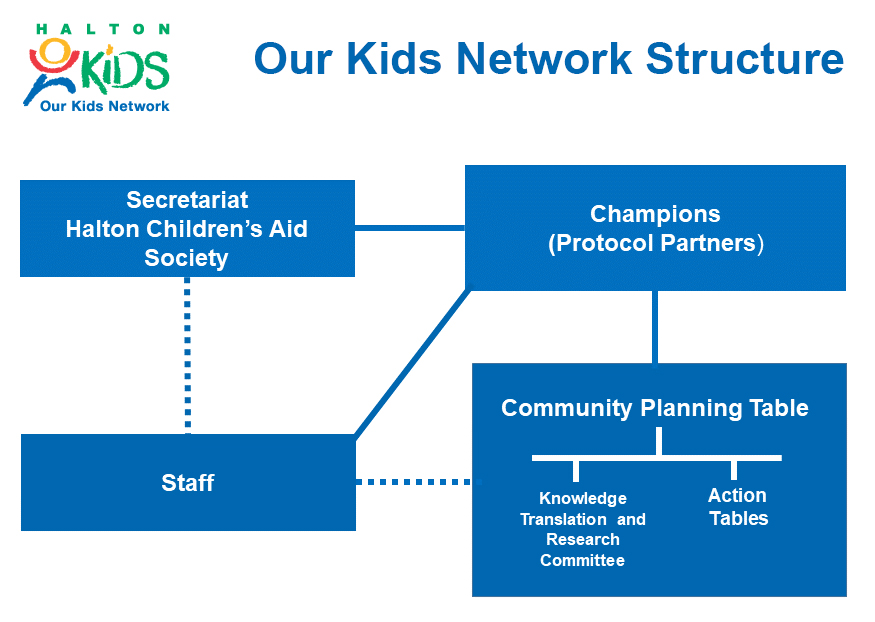Data To Action
Halton Youth Impact Survey Results
What opportunities exist for all young people in Halton to engage in environmental and civic activities and benefit from the natural environment? Are we creating accessible green spaces and engaging youth in our communities?

Turn the Data into Action
How can we create opportunities for all youth to engage in environmental, civic, and other activities while also benefiting from the natural environment?
Step 1
The findings from the HYIS suggest three key conditions we should strive for:
- Accessible green spaces where all youth can benefit from the natural environment
- Young people regularly engaged in environmental, civic, and other community activities
- Young people serving as leaders in their communities in the causes they care about
Step 2
Explore and share the findings. More data can be found on the OKN Data Portal.
The findings from the HYIS suggest three key conditions we should strive for:
Have conversations about what the results mean, and how we can work together in Halton to respond to these findings.
Step 3
How we achieve these outcomes will be determined by the actions we take, individually in our respective work, and collaboratively as a community. The Data Actions below are designed to guide discussion at your organization.
Accessible green spaces where all youth can benefit from the natural environment
- In what ways can your organization improve access and provide opportunities for youth to access green community spaces, such as parks, walking paths, community gardens or outdoor recreation facilities?
- How can your organization address public transportation challenges when working with youth?
- In what ways can your organization prioritize outdoor activities in youth programs, such as school trips, experiential learning, sports, and arts and culture?
- In what ways can your organization provide opportunities for youth to participate in the natural environment that are reflective of the diversity of youth in your community?
Young people regularly engaged in environmental, civic and other community activities[i]For more resources on Authentic Youth Engagement visit: https://www.haltonyouth.com/
- In what ways can you authentically connect youth with volunteer opportunities at your organization or with partners in the community?
- How can organizations in Halton promote environmental initiatives that connect youth with the outdoors, such as recycling, neighbourhood clean-ups or habitat rehabilitation?
- What are the ways in which young people can be authentically engaged in activities that mobilize their participation in democratic processes?
Young people serving as leaders in their communities in the causes they care about
- What are the ways in which you can involve youth in planning and decision-making at your organization so that their voices are part of the programs and services in the community?
- In what ways does your organization create opportunities for youth to take action and lead initiatives, activities and events?
- How are the efforts of youth recognized at your organization and in what ways are their contributions validated?
Limitations
- Open invitation sampling strategy (non-probabilistic)
- Sample is not necessarily representative of all children and youth living in Halton.
- It is not possible to determine a response rate.
- However, considering the geographic coverage and the size of the final sample, it’s fair to assume that we have a reasonably good cross-section of children and youth living in Halton.
- A higher degree of diversity within this sample calls for caution when interpreting overall ratios. For more details on the composition of the sample see the sociodemographic table
- The data are meant to provide a snapshot of youth wellbeing during COVID, and caution should be used when comparing across time.
- While each indicator is important, using multiple indicators as evidence of strengths and needs provides a more comprehensive representation
- This is a self-report survey and several types of response bias have been identified related to self-report surveys. Use caution when interpreting the findings






